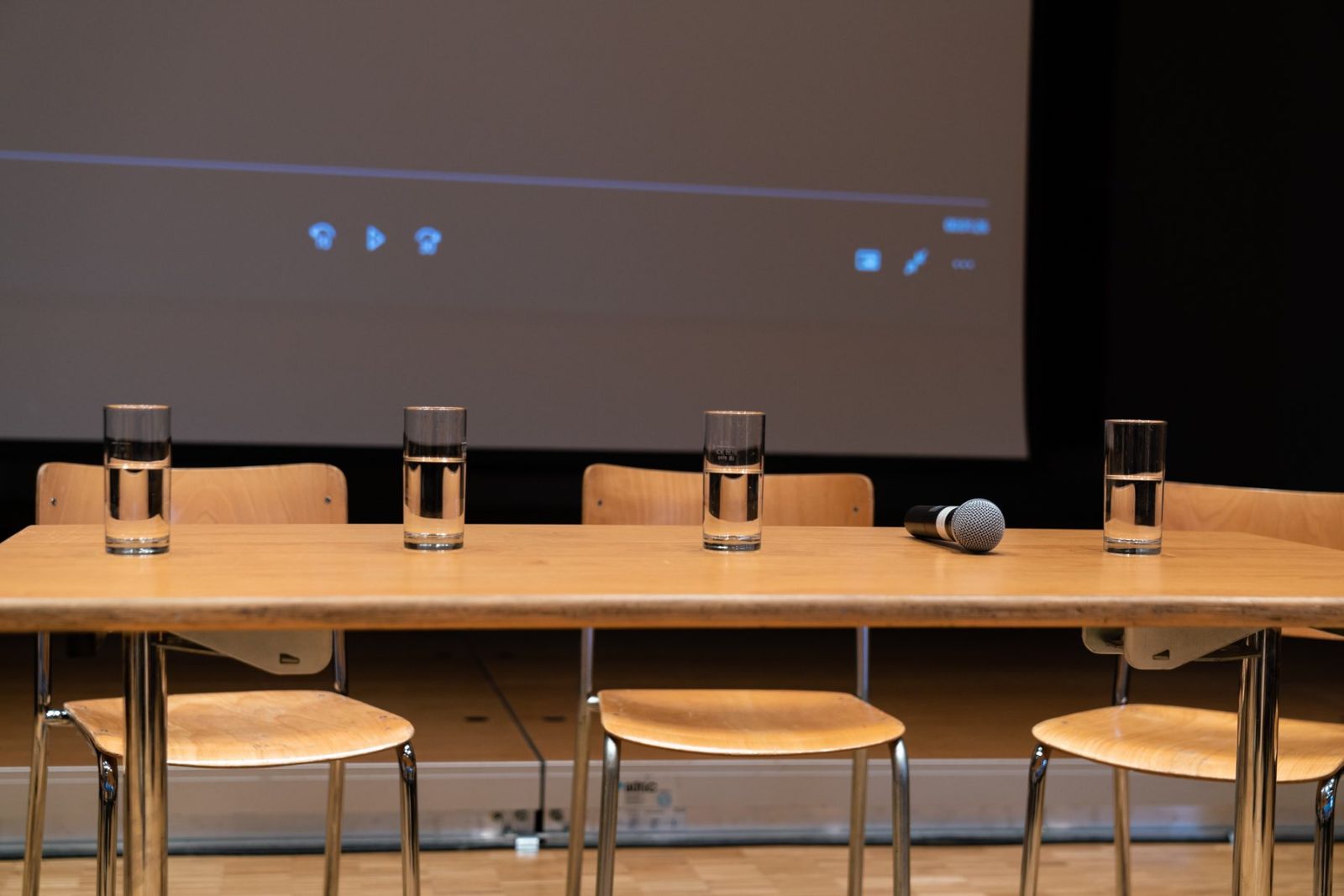Donnerstag-Akademie
Contrafacta in Context and Practice (Workshop)
by Matthieu Romanens & Giovanni Cantarini
05.05.2022, 17h
Klaus Linder-Saal,
Musik-Akademie Basel,
Leonhardsstr. 6

Eintritt frei
Part 1: Contrafactum Strategies in the Glogauer Liederbuch. A Case Study: Ave sidus clarissimum / Der seyden schwanz
Matthieu Romanens
The Latin sacred pieces of the Glogauer Liederbuch (ca. 1480) have so far attracted little musicological interest. Many of them are based on pre-existing music: in addition to polyphonic settings of chant melodies, there are also contrafacts whose function in the musical context of late medieval Central Europe is not yet clear. Ave sidus clarissimum / Der seyden schwanz (= Helas que pourra devenir by Firminin Caron) is a significant example in this respect. The almost continuous canon between cantus and tenor is meticulously texted in the contrafactum, while the song model is transmitted either without text at all, or with the incipit, or with an underlay suggesting that the music was conceived independently of any text. With its secondary title, “Der seyden schwanz”, the contrafactum also refers to instrumental pieces which, in the collection, are also titled with animal metaphors. In my work, I defend the hypothesis that the addition of a Latin text creates a new formal articulation offering a balance between coherence and dynamism. The rhythm and syntax of the Latin verse clarify the form, design and articulate abstract melodic sequences resulting from the contrapuntal constraints of the song.
In order to verify through practice the different perceptions of the contrapuntal structure, the presentation will be completed by two performances of the contrafactum: one in its instrumental version, one in its vocal version in Latin.
Part 2: «Pace non truovo». The struggle for a new meaning of text and music in the cantasi come Florentine tradition
Giovanni Cantarini
From the flourishing tradition of cantasi come (1375-1550) two examples are selected from the periods of greatest poetic creativity in the genre: the first, dating from the initial phase of the process (late Trecento) consists of an anonymous reworking Po’che da morte (I-Fr 2871, fol. 60r) on the three-voice ballata Po'che partir convienmi (F-Pnm ital. 568, fol. 92v-93r) by Francesco Landini; the second presents an interesting document from the end of the 15th century, namely Francesco d’Albizo's metrical reformulation Pace non truovo e vivo senpre in guerra (settima rima), of a well-known sonnet by Francesco Petrarca Pace non truovo e non ho da far guerra, on anonymous music by the ‘Chansonnier Pixérécourt’ (F-Pn f.fr. 15123, fol. 94v-96r). Through the tastes of the patrons of humanist Florence, one can follow the transformation of the anxious and worldly search for stilnovist and Petrarchan formal perfection into that one for the spiritual peace of the praise of God and eternal salvation.
After a brief thematic-textual analysis of the poems will follow a practical session where the application of the new texts to the "old" melodies will be made to experiment the effects on the musical execution of a more acute metric-rhetorical awareness and of the resemantization of thematic, poetic and musical structures.
